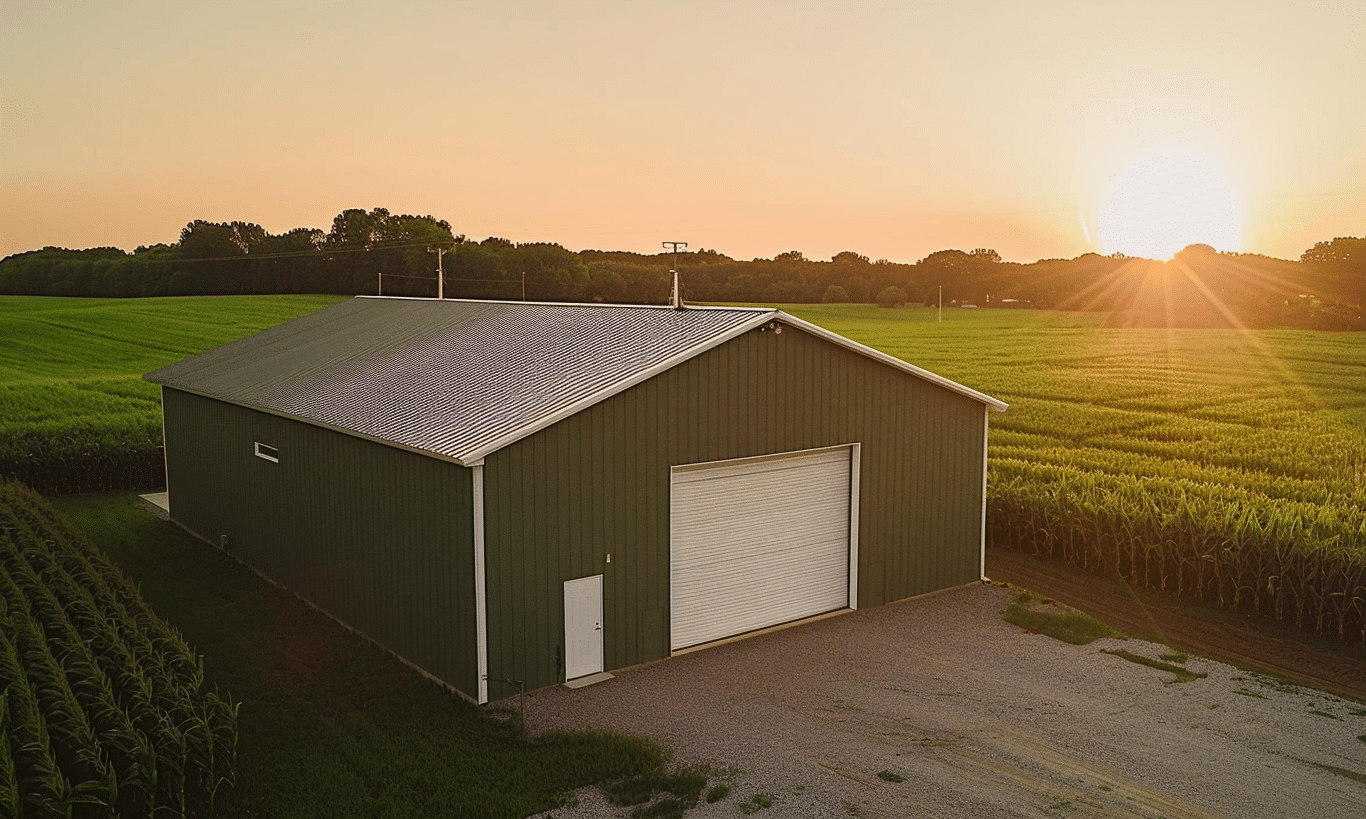Water scarcity is an all-too-real challenge faced by homeowners today, pushing many towards more sustainable living practices. Enter water-efficient landscaping—a game-changing approach that transforms our backyards into eco-friendly paradises without compromising on beauty. This trend isn’t just a fleeting fancy but a necessary step towards sustainable home living. But how can water-conservant design become the new norm for your outdoor oasis?
Imagine a garden thriving on minimal water like a desert rose blossoming amid arid sands. Can such a seemingly paradoxical dream become your reality? Indeed, it can! Let’s delve into the essence of water-efficient landscaping and provide actionable insights on achieving a verdant yet environmentally-conscious backyard haven.
Why Water-Efficient Landscaping Matters
We all crave lush green spaces, yet water consumption often skyrockets during hot, dry seasons. By adopting water-efficient landscaping strategies, not only can we mitigate excessive water usage, but we can also align our yard designs with eco-friendly values. However, what makes these techniques so essential?
First, consider the obvious—the pressing necessity of conserving water. Many regions are experiencing erratic weather patterns and reduced water supplies, making water conservation increasingly pertinent. Natural Resources Canada – Water-Efficient Landscaping provides guidance that emphasizes the importance of sustainable water use in personal and community spaces.
Next is the reduction of household costs—an inevitable perk of cutting unnecessary water use. Imagine opening your water bill to discover it’s lighter than ever! Furthermore, using native and drought-tolerant plants can minimize water needs, presenting a two-pronged victory for your wallet and the environment.
Techniques to Master Water-Efficient Landscaping
Kicking off water-efficient landscaping requires an understanding of both the art and science behind it. So what strategies effortlessly balance aesthetics and sustainability?
1. Opt for Native and Drought-Tolerant Plants
The selection of native species or drought-tolerant plants reduces dependency on constant watering. These flora are naturally equipped to withstand local climate conditions and require substantially less care. By including a palette of these plants in your landscape, you effortlessly decrease water consumption.
2. Embrace Efficient Irrigation Systems
Forget the old school of thought where sprinklers guzzle gallons indiscriminately. Now, innovative drip irrigation systems deliver water directly to roots, minimizing waste. Additionally, installing moisture sensors ensures water is used only when necessary, offering precision in every drop.
3. Incorporate Mulching
Mulching may be your unsung landscaping hero, acting as an insulating blanket. It prevents water evaporation, keeps soil temperature stable, and even suppresses pesky weed growth. By opting for biodegradable materials like wood chips or straw, you’re investing in a healthier plant base.
4. Efficient Landscape Design
Design your garden zones based on water needs. Group plants with similar requirements together to keep your care targeted and efficient. The result? Plants thrive on just the right amount of hydration.

Additional Benefits of a Water-Efficient Landscape
While cutting down water usage is itself an attractive reward, water-efficient landscaping also brings a bouquet of other benefits.
Environmental Contributions
Your sustainable garden becomes an ally in environmental conservation. Plants that require minimal water can improve soil quality and reduce erosion. Considering the Environmental Benefits of Steel Buildings, your landscape decisions can significantly contribute to reducing your household’s carbon footprint.
Support Local Wildlife
Native plants often attract indigenous fauna, creating a symbiotic environment. Birds, bees, and butterflies can thrive in these settings, encouraging healthy ecosystems and supporting pollination.
Aesthetic Versatility
Contrary to popular belief, a water-efficient garden is not confined to cacti and rocks. By selecting diverse textures, colors, and plant structures, your outdoor space can pop with visual interest. Modern landscaping tools and designs can rival even the most water-lavish gardens.
Modern Trends in Water-Efficient Landscaping
The realm of water-efficient landscaping is ever-evolving, incorporating technological and design innovations more than ever before.
Rainwater Harvesting Systems
A previously underappreciated practice, Rainwater harvesting for construction now seamlessly integrates into home systems. Collecting rainwater not only supplies non-potable water but also mitigates stormwater runoff and its associated issues.
Hydrophobic Landscaping Techniques
These cutting-edge methods stem from modern agriculture buildings. Using soil amendments that repel water might sound counterproductive. Yet, this technique allows for controlled absorption, ensuring water reaches essential plant areas without wastage.
Permeable Pavement Solutions
Replacing impervious surfaces with permeable alternatives allows rain to seep into the ground. This simple switch helps recharge groundwater and reduce flooding risks, demonstrating that meaningful change can be subtle yet impactful.
Conclusion: Every Drop Counts
Embarking on a journey to develop a water-efficient landscape is an effortless step towards sustainable home living. Not only does it conserve precious resources, but it also crafts a stylish, harmonious environment within your outdoor space.
With native plants, smart irrigation, and design innovation, transitioning to water-efficient landscaping isn’t merely a responsibility—it’s an opportunity to elevate the way we perceive home gardening. In an era where every drop counts, personal choices in our green spaces have the potential to ripple positively through our communities and beyond.
Now, the real question is: are you ready to be part of the change and make every drop precious?










